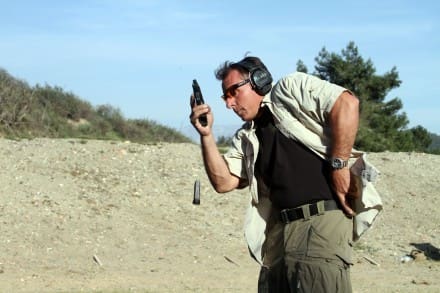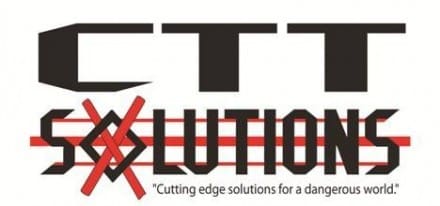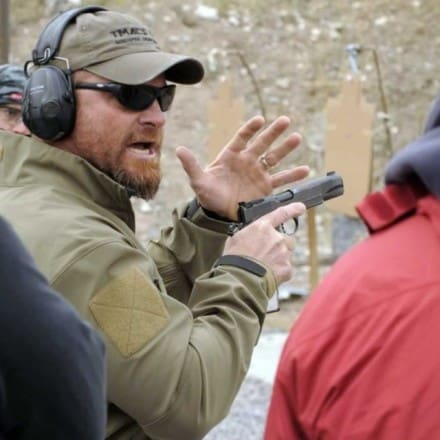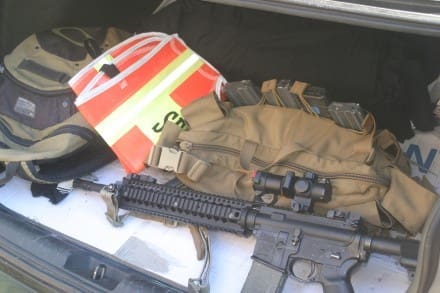Defoor Proformance climbing prep/ PRT prep pull up workout
This is a simple routine designed for use during the workweek with sat/sun off. I came up with this over the years to help guys pass certain PT tests and to prep for mountain excursions. If you perform this work out for a minimum of four weeks you’ll gain at least five reps on your max pull-ups. Once you are able to perform 15 dead hang pull-ups at any time start using the modification piece of the work out for Tuesdays and Thursdays. This will get you to the magical 20 rep place quicker. Once you can do 20 clean, dead hang, no kipping, palm away pull-ups you can go back to the normal Monday, Wednesday, Friday routine and you will maintain 20 pull-ups for as long as you want to.
First, it is extremely important to have the correct grip when you begin this routine. A lot of people have too wide grip when they do pull-ups. Look at any gymnast, professional climber, or anyone who does over 20 reps and they do not have an extreme wide grip. The ideal grip is just slightly wider than shoulder width and palms always facing away. This will also reduce any possibility of injuries due to over training or lack of proper rest.
Second, begin this routine with absolutely no kipping whatsoever. It has become commonplace lately in many exercise regimens to introduce kipping to the pull-up to make people feel better about the number of reps they can perform. All this does is give a false sense of one’s true strength.
Third, know your math when it comes to pull-up pyramids. For example; a pyramid of five is a total of 25 pull-ups, a pyramid of six is a total of 36 pull-ups. Simply multiply the top number by itself to find how many pull-ups are in that pyramid.
Fourth, the most ideal bar is between 2.5 and 2.75″ inches in diameter. Anything smaller is width causes too much hand and low forearm grip strength which can result in an overuse type injury or reduced total rep numbers. One of the best places to find a good bar is on any public or city playground, like Hannibal does.
Lastly, Monday’s workout was not invented by me but by United States Marine Corps Maj. Chuck Armstrong. Years ago I used his complete routine but I found it to be a little bit of overtraining with some individuals and myself. Also, I found the modifications that I made for Wednesday and Fridays workouts to work better for myself and others that I have been mostly around in the past 10 years. Major Armstrong’s complete pull up routine can be found here: http://www.ososb.com/documents/Armstrong_Pull-Up_workout_Program.pdf
The routine
Monday – from USMC Maj. Chuck Armstrong (if you don’t know you should) – 5 max sets of pull-ups with 90 seconds rest in between. My addition- Add up the total reps for the five sets you performed and find the closest pyramid to your total without going over and this will be the pyramid you will perform on Friday.
Wednesday – using 60% (round low for half numbers) of your max number of current pull-ups (set 1 from Mondays workout), do this number all day until you reach 100 total pull-ups.
Friday – pyramid of pull-ups with 10 seconds of rest between sets for each rep done in that set. start pyramid with your 60% number (ex.- if your 60% number is 10, you do a set of 10 first. This takes care of sets 1,2,3, and 4 of a traditional pyramid, your next set would be 5, then 6, 7, etc.
Modified workout additions (once you can do 15 pull-ups):
Tuesday – hang for 1 min, rest 1 min, repeat for 3 total hangs of 1 min
Thursday – using the number that is 75% of your max (set 1 from Monday) do that number of pull-ups 3-5 times throughout the day.
20 pull-ups is a great place to be.
V/R,
Kyle Defoor
“Trainer of Feeders”
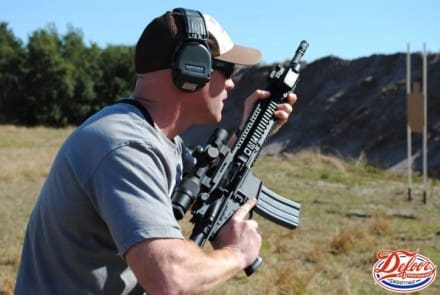
Kyle Defoor is one of the world’s most committed and passionate shooting instructors. Literally growing up with a gun in hand he took his talents into the military where he was combat decorated as a SEAL assaulter and sniper. Kyle helped to create and define modern training while along the way personally teaching thousands of military personal and civilians from around the globe. His shooting prowess led to appearances on multiple TV shows including Shooting Gallery, Tactical Arms, and Tactical Impact, and guest appearances on History Channel. Kyle’s outdoor athletic lifestyle includes shooting, ultra running, stand-up paddle surfing and climbing. He now serves as the brand ambassador for Mission Ready Equipment and runs his own company which offers tactical training, wilderness navigation, TV and film consulting, and motivational speaking.

www.kyledefoor.com
Gunfighter Moment is a weekly feature brought to you by Alias Training & Security Services. Each week Alias brings us a different Trainer and in turn they offer some words of wisdom.



